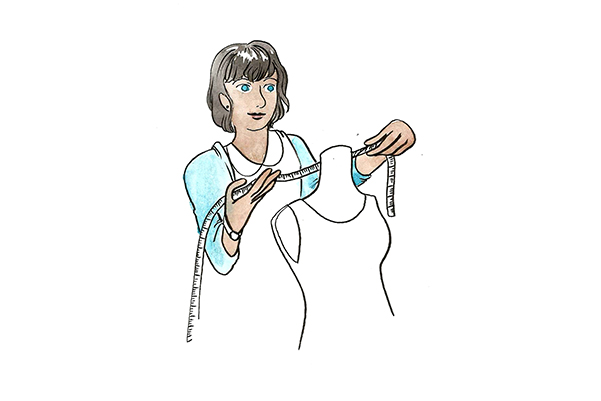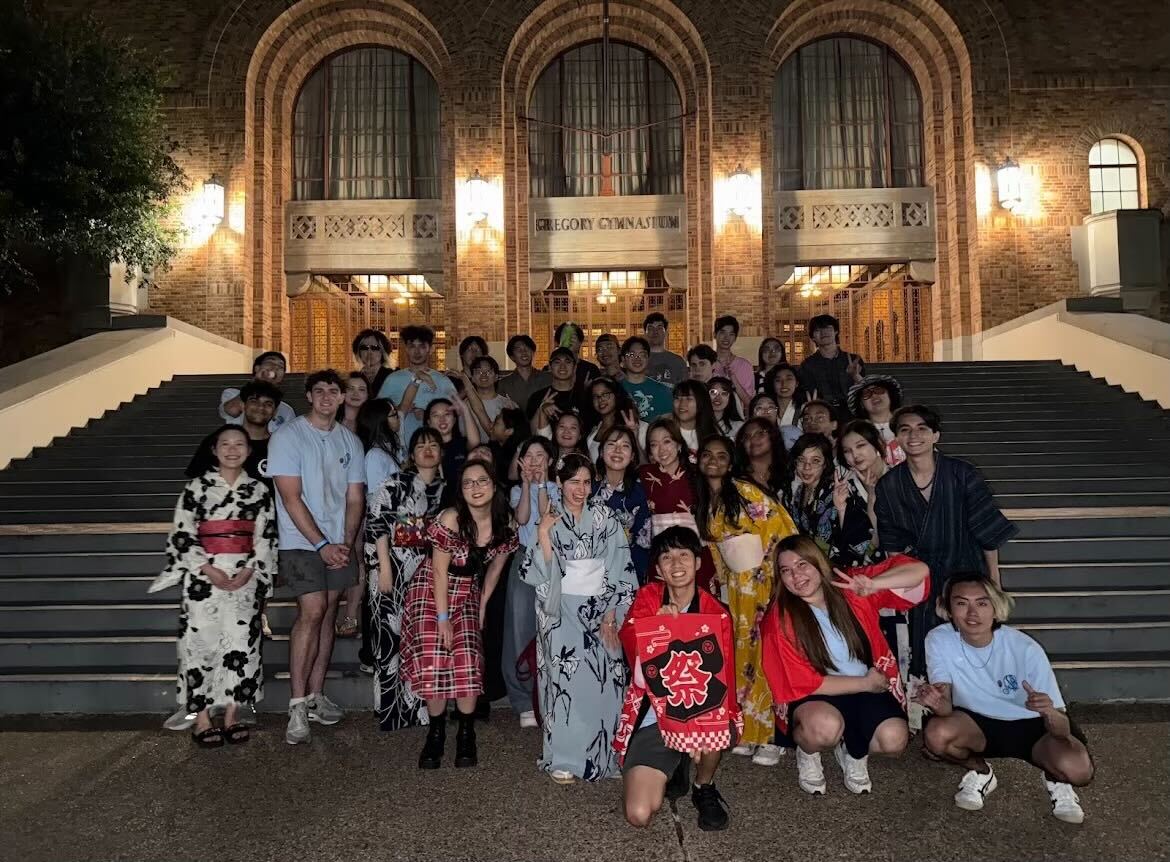Students used to eat pizza and pull all-nighters in the textiles and apparel draping lab as they worked on their class projects with “Jersey Shore” playing in the background. Now, the white-walled room is largely deserted as soon as class ends.
“We would spill all our tea to each other and occasionally cry,” said Maggie Deaver, textiles and apparel senior. “Now, the entire lab is shut down as soon as we leave.”
Along with a lecture demonstration from a professor, students use lab time to use classroom equipment and work on their projects. Gail Chovan, textiles and apparel assistant professor of instruction, said in a normal semester, labs would usually have 18 students in one room.
The students must now leave what used to be a come early, stay late space as soon as class ends. They are also separated into two socially distanced rooms restricted to eight people each.
“We get to use sewing machines, industrial irons, an assortment of fabrics that have been donated, dress forms (mannequins) and tons of other equipment,” Deaver said. “With the lab closed, I am nervous about how I will get my projects done on time and also be able to input the amount of time and energy that each design requires.”
Most lab sections are hybrid, and students are given the choice to participate in person or online. Students participating synchronously through Zoom are required to complete activities and submit photos through Canvas. They are also required to mail in their projects as well as pay for the shipping.
During class, students participating in person are assigned their own workspace with the equipment they will need for the semester. This semester, students also received hand sanitizer and disinfectant wipes.
“We have also installed air purifiers in the labs,” Chovan said. “The students are required to wipe down their individual stations at the end of each lab, and the (teaching assistant) or lab manager wipes down any common spaces that may have been used. We also restrict crossover into the other labs.”
If a COVID-19 outbreak were to occur in the lab, the class would be immediately moved online. In that case, Deaver said students would have to buy their own equipment. For those already attending the lab virtually, these purchases were required.
Some students have bought equipment for personal use outside of class. Jeannelle Romero, textiles and apparel senior, said she bought a dress form, which normally costs around $380, and a corkboard topping for her table because of the lack of lab time.
“Our professors have warned us to make sure we have some (type) of a dress form to work with and a sewing machine at home just in case (class is moved online),” Romero said.
Deaver said without access to the equipment in the lab, creating higher-quality projects will be much harder for students.
“As my professor said, we will just have to figure it out,” Deaver said.




















